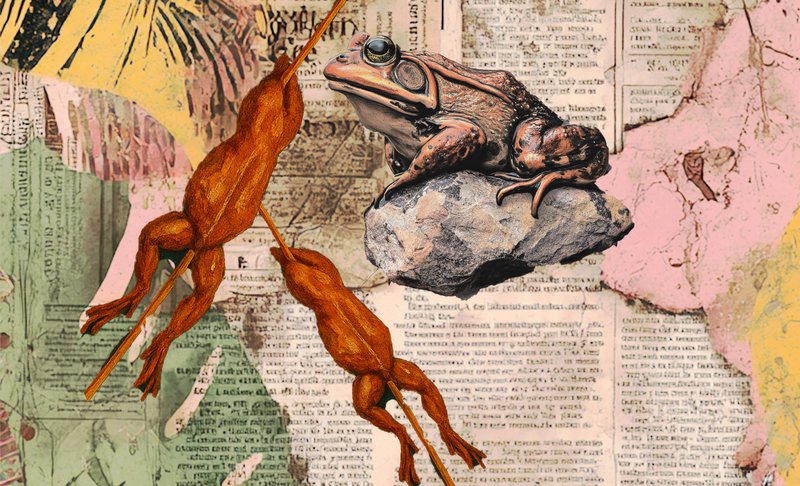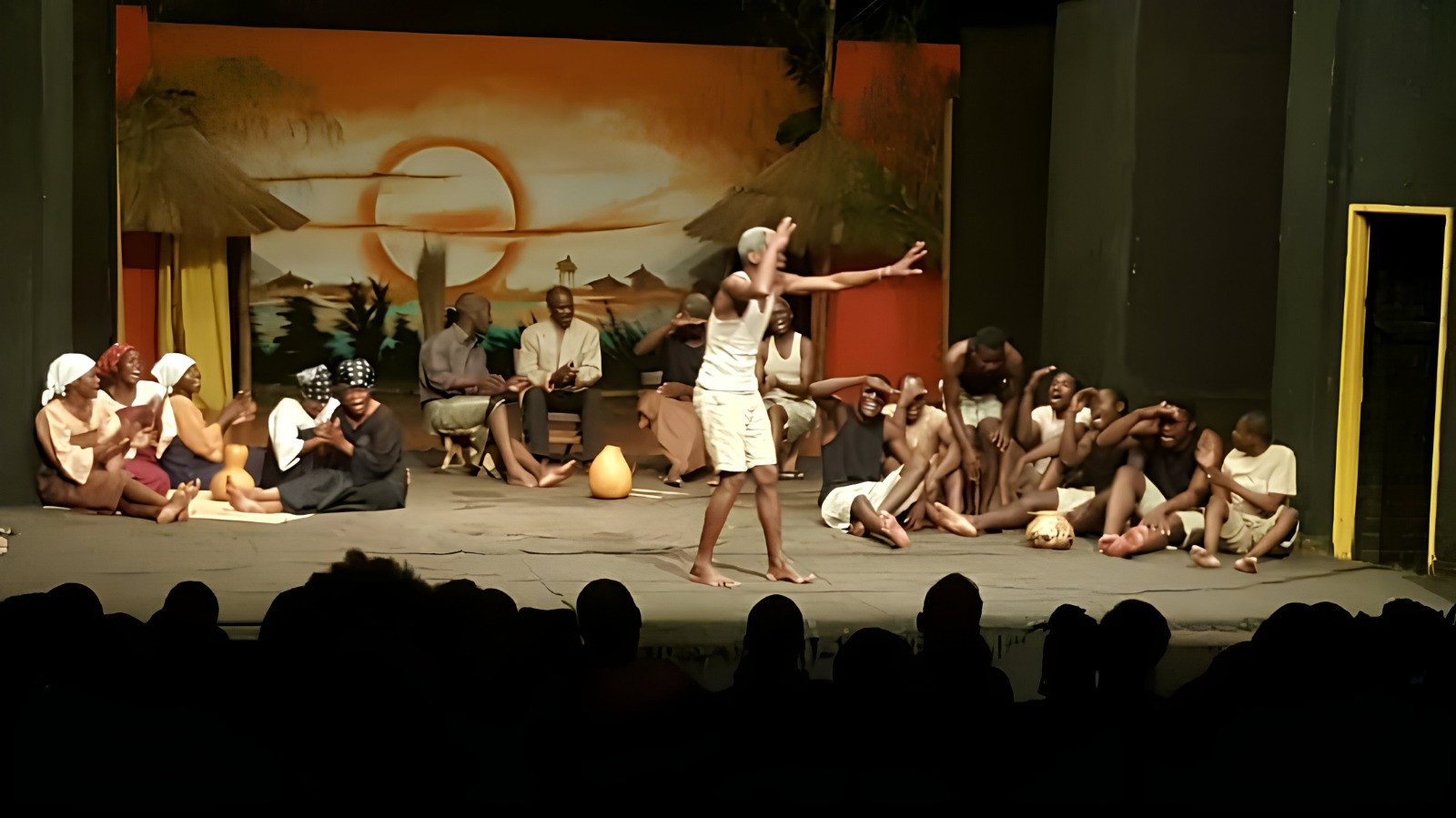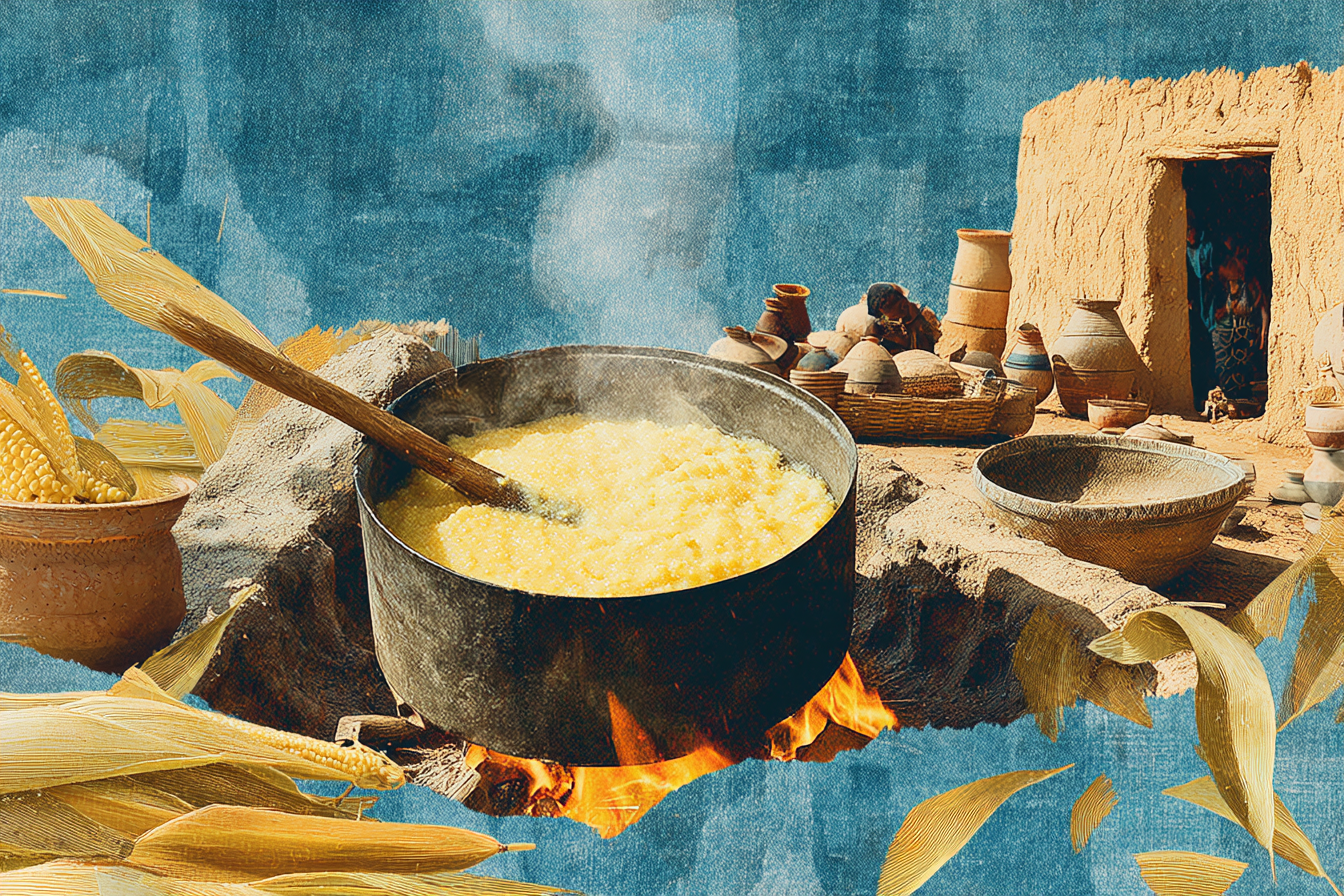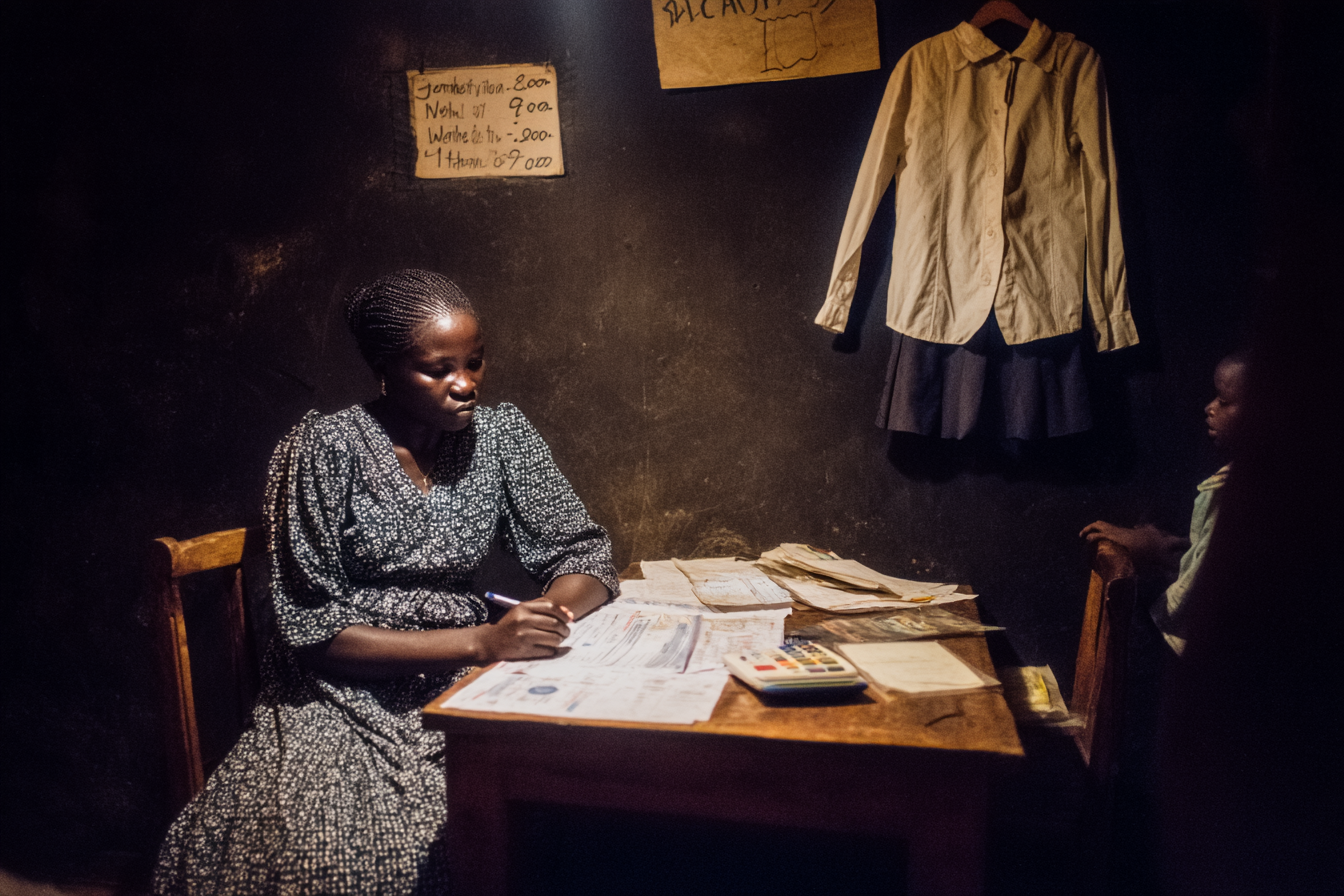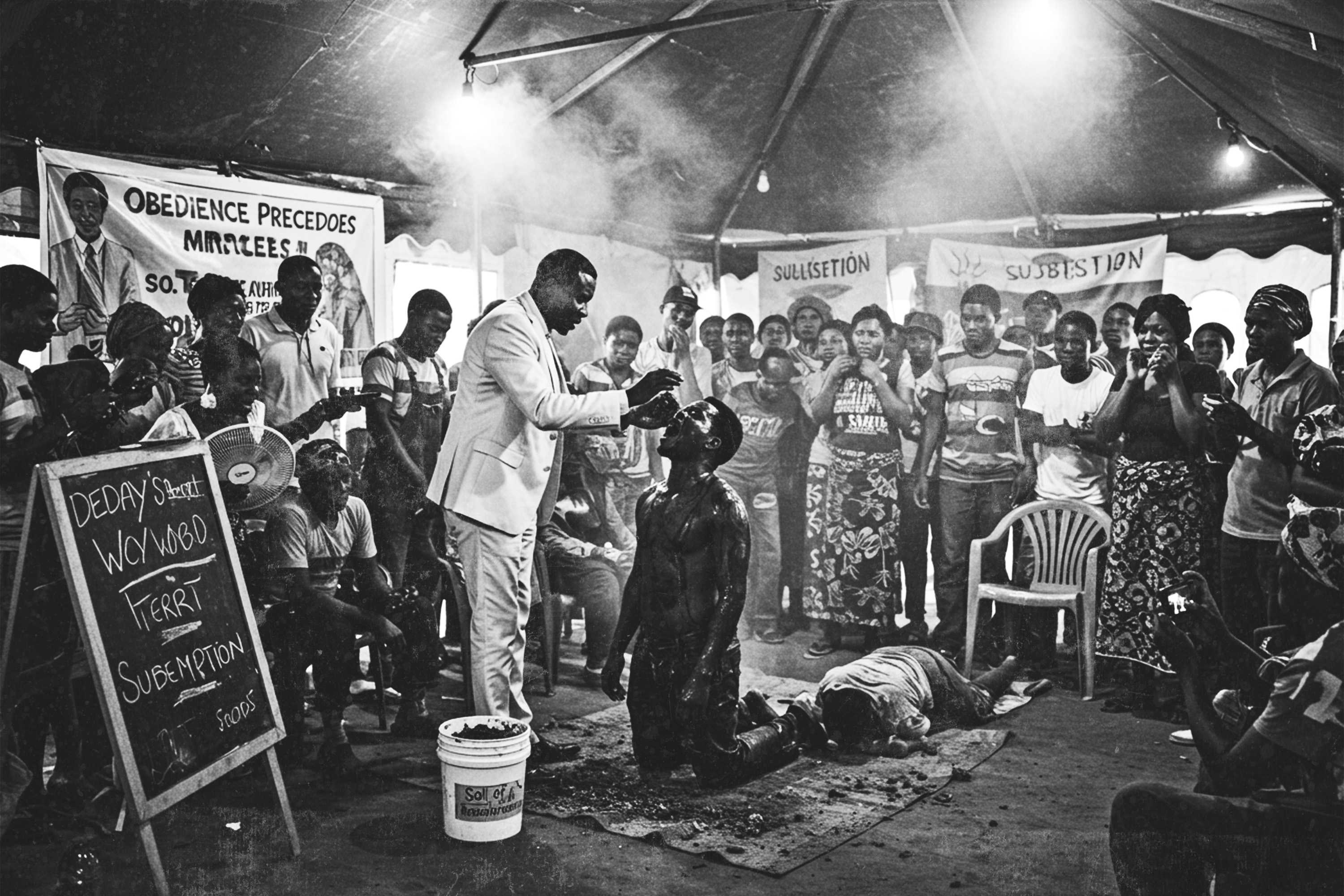When the first rains hit Zambian soil, something magical happens. Children run with basins held high, catching protein-rich insects that seem to fall from the sky. Some creep through harvest fields tracking mice the size of small dogs.
It’s such an exciting time when the rains arrive in Zambia. People look forward to the farming season, cooler weather, and getting to the end of the year. But perhaps the best gift is the food that comes with the season, the kinds you almost forget exist until they appear. Fulufute stir in the soil. In riverbeds and bushlands, hunters look for hopani, mice, and bullfrogs. Every tribe has its own way of enjoying them, blending community, flavour, texture, and identity. These treats, sizzling on a pan or simmering in a calabash, remind us that local nourishment has always been here, even as prices rise and the climate shifts.
Field Mice (Mbeba)
Among the Easterners of Zambia, few treats are as popular as field mice, or mbeba. Hunting them is almost a rite of passage, turning into a lively game of hide-and-seek during the grain harvest. Young boys creep through fields, searching burrows with patience and instinct. Some return with mice nearly the size of a small dog, others with ones that fit in a palm. The chase is as thrilling as the feast itself.
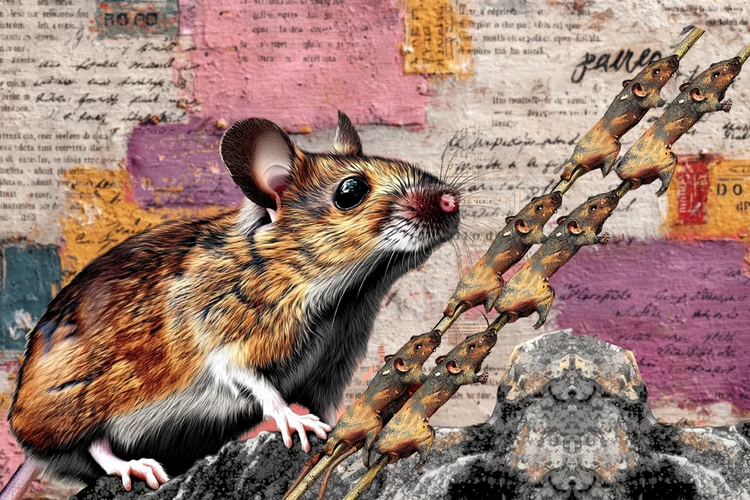
Once caught, the mice are cleaned, gutted, and the outer fur singed. Roasting them over open flames gives the skin a smoky char while sealing in the juices. The smell is rich and earthy, with hints of roasted grain and bushfire smoke. Hot from the stick, the skin crackles to reveal tender, gamey, slightly sweet meat, similar to biltong or beef jerky, depending on the cooking time. Mbeba is protein-dense, with iron and zinc, making it both fuel and flavour. Paired with nshima or eaten straight from the stick, it is a satisfying seasonal snack. On the streets of Eastern Province, it’s often skewered on sticks, sprinkled with salt, and slathered in chilli paste.
Flying Insects (Fulufute)
Every Zambian remembers the rainy season for more than the damp smell of earth. Soon after the first downpour, something else rises from the soil, almost like food falling from the sky. These are fulufute, insects treasured for their richness. There are two main kinds: the longer, leaner ones (inswa) and the shorter, rounder-bodied ones.
Children squeal and run with basins held high, laughing as they try to catch as many as possible. Adults set buckets beneath outdoor lights, where the insects gather in dizzying clouds. It feels like a blessing, a food shower gifted by the rains.
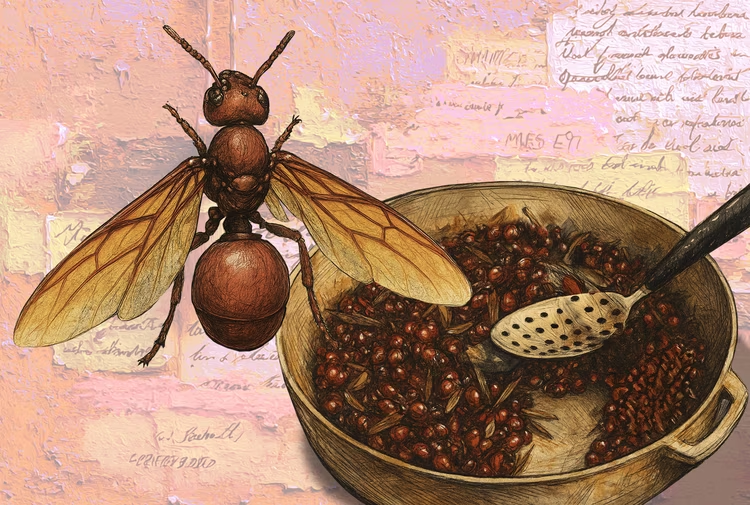
Preparation is simple. The insects are rinsed and poured into a dry pan. No need for oil as they carry their own fat. The pan sizzles as wings crisp and bodies release a buttery richness that fills the air with a faintly sweet, nutty aroma. Warm from the pan, the first bite gives a gentle crunch followed by a soft, creamy, intensely fatty centre. Packed with protein and essential nutrients, fulufute are as nourishing as they are celebratory. They are eaten with a pinch of salt or pounded into a relish to accompany nshima, a hearty meal that marks the rainy season perfectly.
Hopani (Monitor Lizard)
Hopani, the monitor lizard, is a prized treat among the Lozi of Western Province. Hunting it takes skill, patience, and knowledge of riverbeds and bushlands. Those who know its habits return with a prize that gives both bragging rights and an exciting dinner.
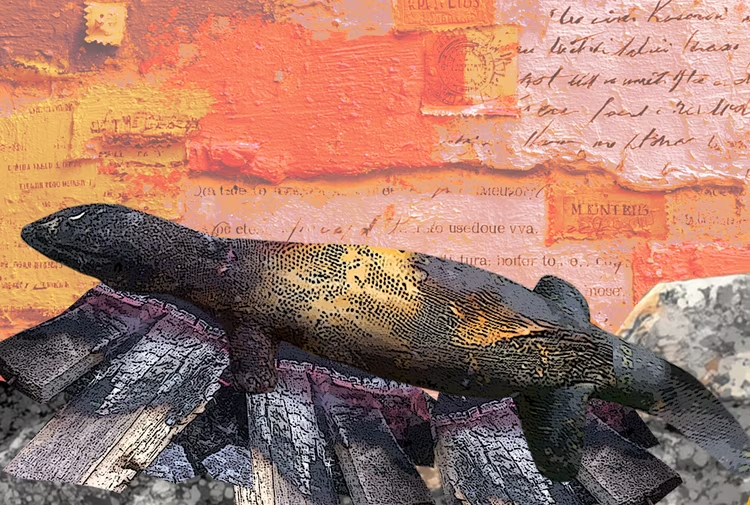
The lizard is cleaned and either roasted over charcoal or slow-stewed. The meat is dense and firm, somewhere between chicken and wild game, with a subtle gaminess carrying hints of earth and water. Slow cooking softens it to tender, almost buttery bites that absorb spices and sauces so well. Hopani is rich in protein, phosphorus, and calcium, sustaining communities and bringing people together at family meals or communal feasts, connecting them to the land and generations past.
Bull Frogs (Kanyama Kaliye Fupa)
Among the Senga people, kanyama kaliye fupa, the giant African bullfrog, appears in marshy areas after rains. Hunting them is a skill, requiring patience and sharp ears to catch subtle splashes in the mud. Every catch is a seasonal prize that promises a feast.
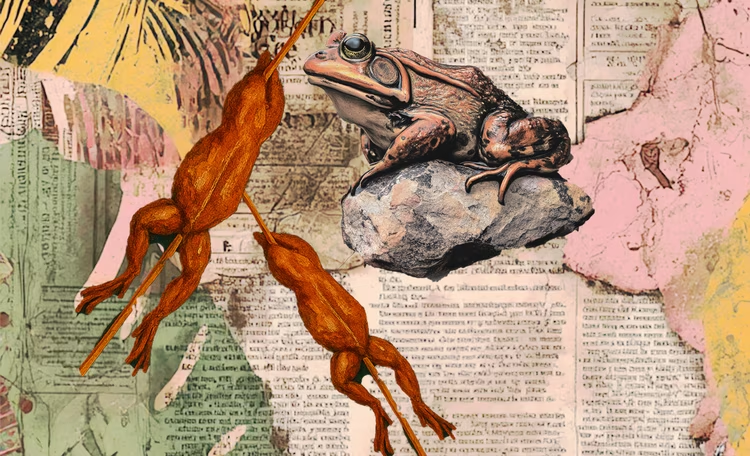
The frogs are cleaned and cooked over an open fire or simmered gently. The thighs are thick and springy, firm yet tender, reminiscent of dense chicken. Earthy aromas rise as the meat cooks, filling the kitchen. Local spices or sauces enhance the flavour, creating a warming, wholesome dish. Lean and high in protein, with iron and phosphorus, kanyama kaliye fupa nourishes as much as it delights.
Zambian cuisine is a tapestry of stories, and these seasonal delicacies show why. From chasing mbeba through harvest fields, to children squealing as fulufute rise, to hunting hopani along riverbanks, and catching kanyama kaliye fupa in marshes, each bite carries history, ingenuity, and community. These foods are resilient, often easy to preserve, and can last months or even a year if stored carefully. They tell the story of people observing the land, working together, and turning nature’s gifts into nourishment, pleasure, and identity. In celebrating them, we celebrate the depth and uniqueness of Zambian cuisine, mysterious, bold, and alive with tradition.
